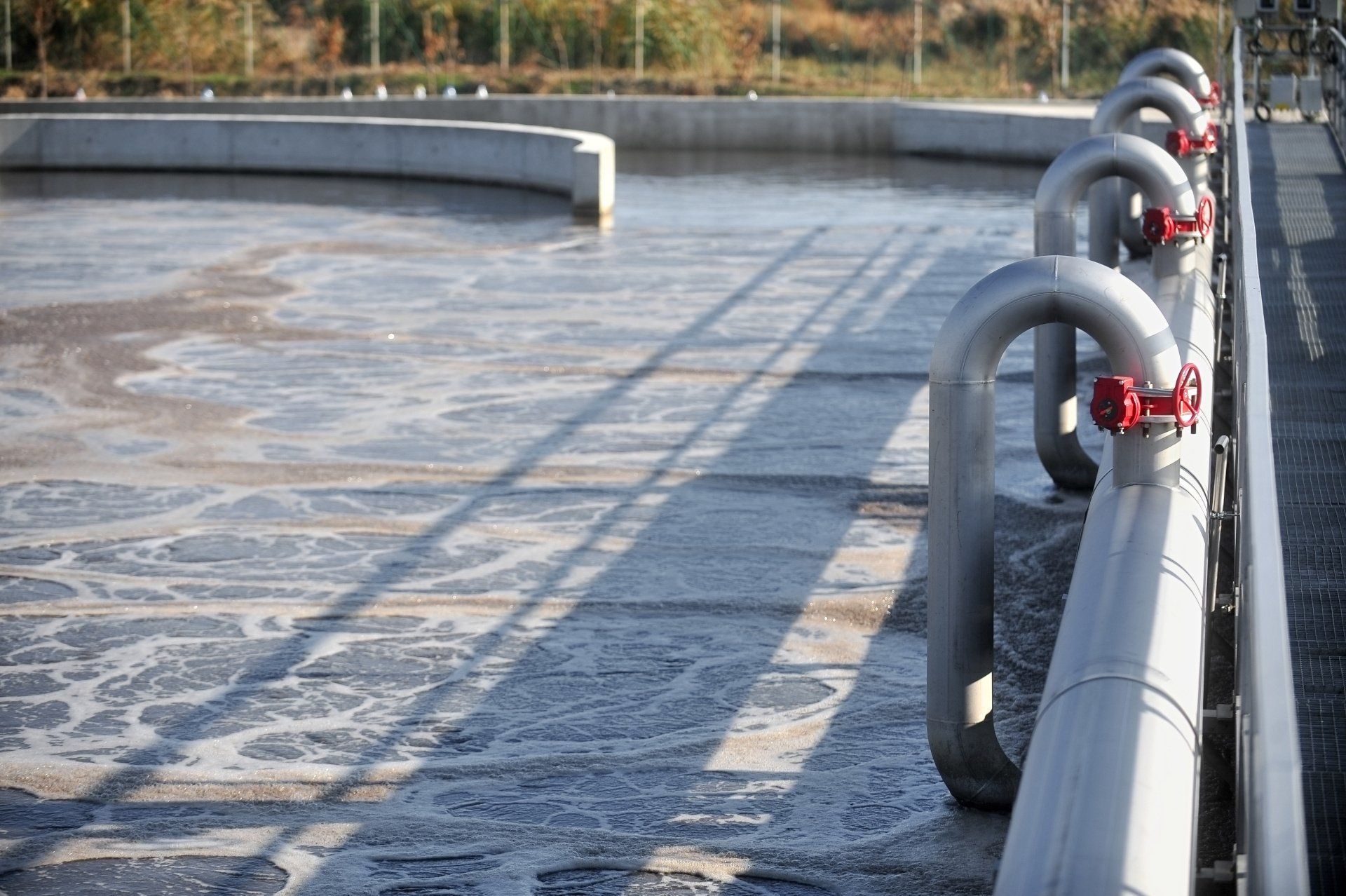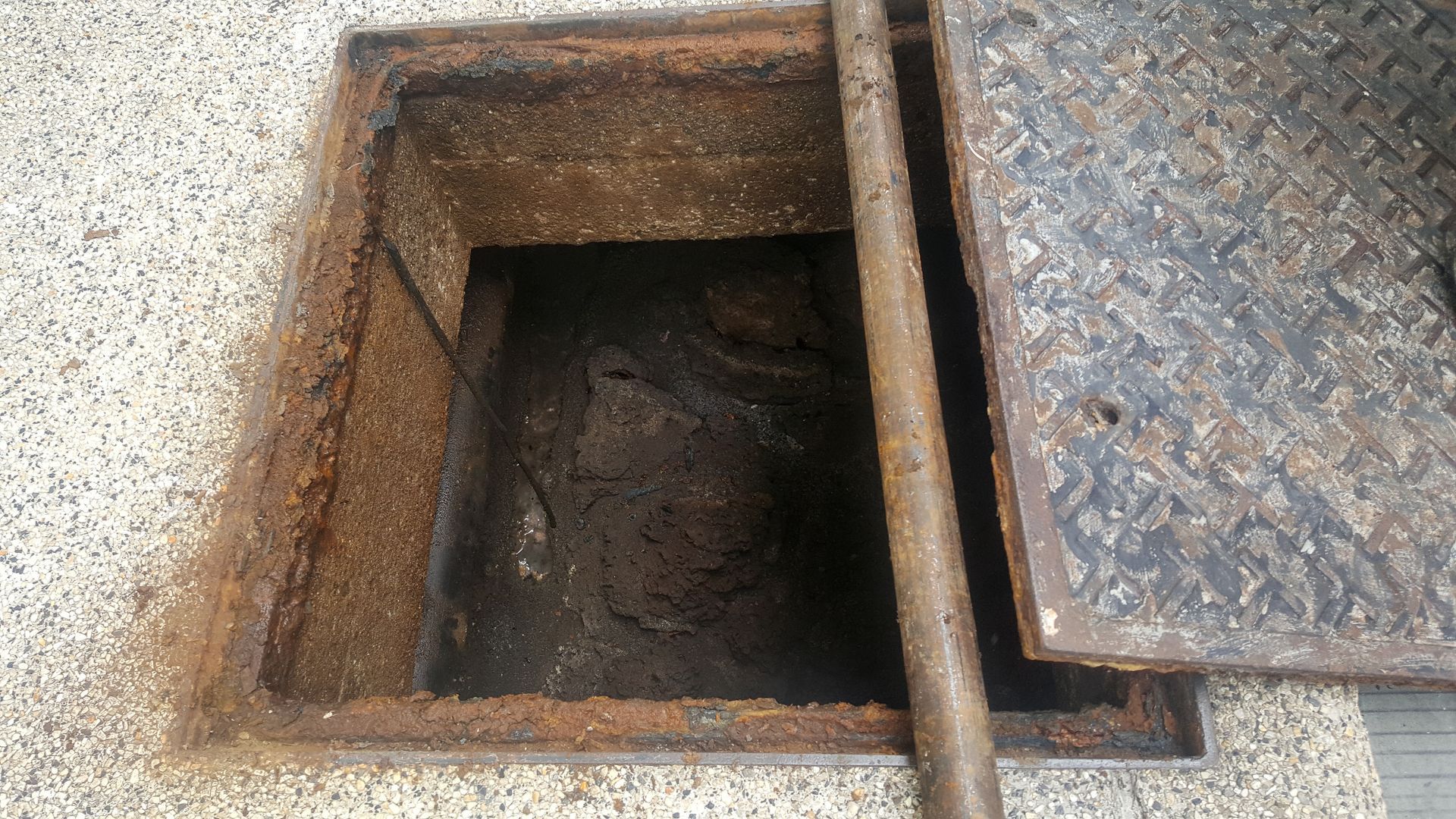Is Atlanta’s Tap Water Just Recycled Sewer Water?

Atlanta’s wastewater is treated and returned to the water cycle via the nearby rivers and lakes. Since Atlanta’s tap water comes from the rivers and lakes, it may indirectly contain treated wastewater. While Atlanta’s tap water is not directly recycled from the sewer, the city’s tap water and sewer water are part of the same water cycle.
What Are Onsite Wastewater Treatment Plants?
In Atlanta, water is treated at wastewater treatment facilities. Ultimately, the water is released into Georgia’s rivers so it may reenter the water cycle. Rural areas are often too far from the wastewater treatment plants and must rely on private septic tanks. Septic tanks are filled with bacteria that eat the waste and allow the residual water to flow into nearby soil where it naturally reenters the ecosystem.
What Are the Primary Sources of Atlanta’s Tap Water?
The main sources of tap water for the city of Atlanta are Lake Lanier, Lake Allatoona and the Chattahoochee River. Water is collected from the surface of these waterways. Georgia’s bodies of water are replenished through rain and treated wastewater.
Is Seawater Safe to Drink?
On its own, seawater contains too much salt for safe human consumption. While accidentally swallowing a bit of salt water will not kill someone, the human body requires fresh water to function.
Seawater can be made potable through desalination, a process in which the salt is removed so it can be converted to fresh drinkable water. However, desalination is not a widely used water treatment practice in the United States at this time due to its high cost.
What Is the Water Treatment Process?
Water must be collected in sedimentation basins. Sedimentation basins allow the coagulation and flocculation processes to occur, wherein sand, dirt and other particles sink to the bottom of the basin and turn into a sludge.
Next, the water undergoes sand filtration to remove any remaining solid matter and other impurities. A trace amount of chlorine is added to disinfect the water. There is enough chlorine to kill harmful bacteria without rendering the water unfit for humans. Finally, the water is tested for safety before being dispersed to homes and businesses.
Does Sewer Water Get Recycled?
Step 1: Collection and Preliminary Treatment
Wastewater is collected from various sources such as residential, industrial, and commercial areas through a network of sewer pipes. It is then directed to a wastewater treatment plant (WWTP). At the plant, large debris and solid materials are removed through screening and sedimentation processes.
Step 2: Primary Treatment
In the primary treatment phase, the wastewater flows into large settlement tanks where gravity allows suspended solids and organic matter to settle at the bottom. This sediment, known as primary sludge, is separated from the liquid.
Step 3: Secondary Treatment (Biological Treatment)
The liquid portion of the wastewater moves into the secondary treatment phase. This stage primarily focuses on biological treatment, where microorganisms are introduced to break down organic matter and pollutants present in the water. The most commonly used process is activated sludge treatment, where the wastewater is mixed with a microbial culture called activated sludge. The sludge contains microorganisms that consume organic pollutants, converting them into harmless byproducts.
Step 4: Tertiary Treatment
After the secondary treatment, the wastewater undergoes tertiary treatment to further remove any remaining impurities. This stage involves advanced treatment processes, such as filtration and disinfection, to achieve a higher level of water quality.
Step 5: Filtration
During the filtration process, the wastewater passes through various filtration media such as sand, activated carbon, or membranes. These filters remove fine suspended particles, residual organic matter, and some dissolved substances that might still be present in the water.
Step 6: Disinfection
To ensure the removal of any remaining pathogens and harmful microorganisms, the filtered water goes through a disinfection process. Common disinfection methods include chlorination, ultraviolet (UV) irradiation, or ozone treatment. These techniques effectively destroy or inactivate harmful bacteria, viruses, and other microorganisms.
Step 7: Advanced Treatment (Optional)
Depending on the specific requirements and desired quality of the recycled water, additional advanced treatment processes may be employed. These can include reverse osmosis, advanced oxidation processes, or granular activated carbon treatment. These processes further enhance the water quality by removing trace contaminants and impurities.
Step 8: Recycled Water Storage and Distribution
The treated water, now transformed into recycled water, is stored in dedicated tanks or reservoirs. It can be distributed through a separate pipeline network for various applications such as irrigation, industrial processes, or even for replenishing natural water sources.
Step 9: Monitoring and Quality Control
Continuous monitoring and quality control measures are implemented to ensure that the recycled water meets the required standards and regulations. This includes regular testing for key parameters such as pH, turbidity, disinfection levels, and the absence of pathogens.
By following these step-by-step processes provided by Southern Green Industries, wastewater is effectively treated and converted into recycled water, offering a sustainable solution for water resource management and conservation.
Is Atlanta’s Tap Water Safe?
Atlanta’s tap water does not violate the Safe Drinking Water Act, which makes it safe to drink. Lead piping and other potential hazards between the water treatment facility and your faucet could cause tap water to become contaminated, but in general, Atlanta water is safe.
What Is the Safe Drinking Water Act?
In 1974 the United States established the Safe Drinking Water Act. This act gives the United States Environmental Protection Agency the authority to impose minimum health requirements on entities in the United States that own or manage public water systems. The regulations extend to all water intended for drinking, regardless of its source. Regular inspections are employed to ensure compliance with the Safe Drinking Water Act.
Southern Green Industries is committed to the environment and the safety and health of every family living in the greater Atlanta area. Operating our own cutting-edge water treatment facilities allows us to ensure all the water we collect during our grease trap cleaning jobs is made safe before it is reintroduced into Georgia’s water supply.
Grease Trap Cleaning
Business or restaurant owners can call Southern Green Industries to receive a quote based on the size and type of grease trap they have. Next, you can schedule a time for the Southern Green Industries team to pump, clean and service your grease traps. We can schedule a one-time cleaning or establish a regular grease trap service schedule. A manifest will be provided upon the completion of services.
Fryer Oil Recycling
Southern Green Industries will drop off a free oil collection container that is sized according to your company’s needs. Upon reception of the container, your staff disposes of any fryer oil in the container. Alternatively, we can install an integrated oil management system (iOMS) to automate the collection of waste oil in a storage tank. Southern Green Industries picks up the container, recycles your used oil and pays you for your waste oil.
Go Green with Southern Green Industries
Are you looking to clean your grease traps or recycle fryer oil? If you are, Southern Green Industries is happy to help. While the Southern Green Industries team is passionate about leaving a healthy, green planet behind for future generations, we also care about helping you minimize your business’s operating expenses and ensuring you remain in compliance with all local FOG and grease trap regulations. You can get a free quote by visiting our website or calling us at 404-419-6887.
Recent Blog Posts
Contact us Today for a FREE Quote
We are committed to making grease trap cleaning and fryer oil recycling as clean and easy as possible. If you’d like to learn more about our services or get a quote, give us a call at (404) 419-6887.



